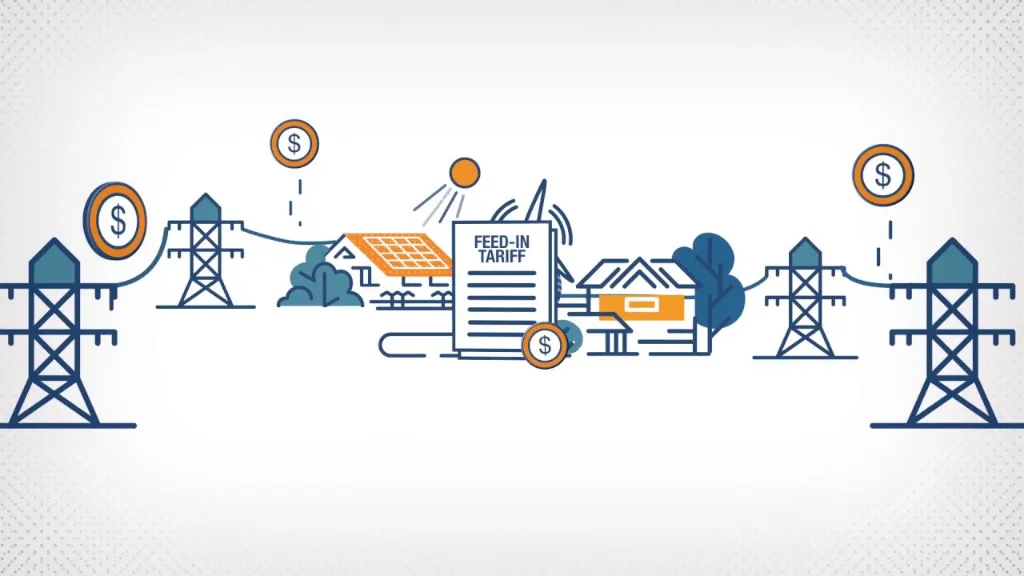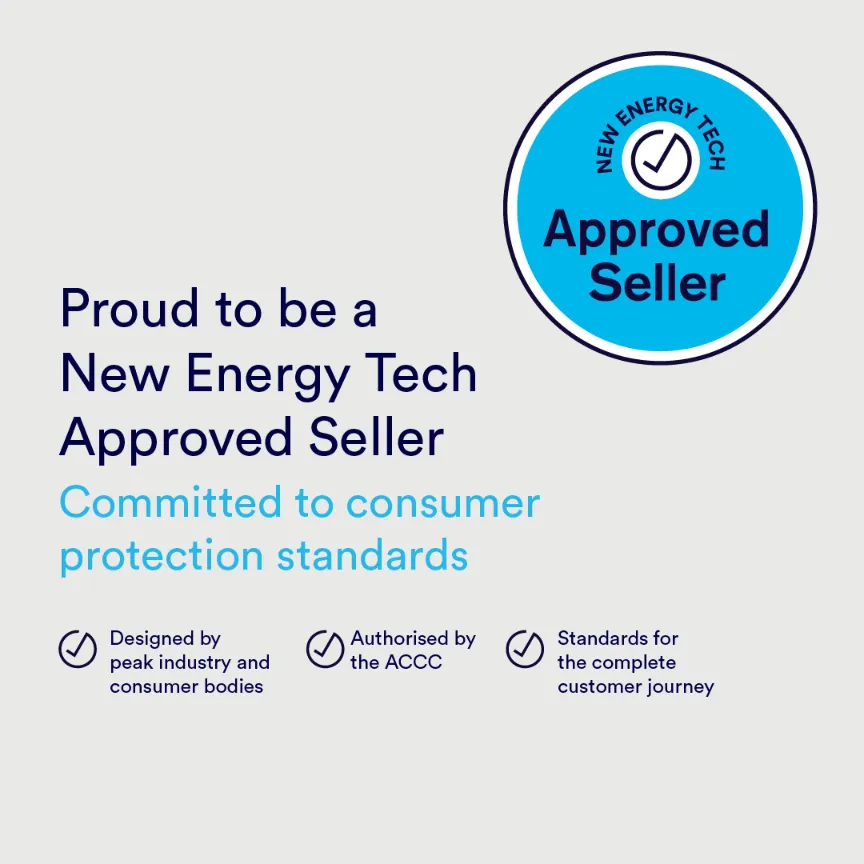The Queensland Solar Feed-in Tariff (FiT) is a government scheme that allows eligible homeowners to earn money for excess electricity generated by their solar panel systems. The FiT is designed to incentivize homeowners to invest in renewable energy and reduce their reliance on the grid. In this article, we will explain the key features of the Queensland Solar Feed-in Tariff and provide some examples of how homeowners can benefit from the scheme.

Key Features of the Queensland Solar Feed-in Tariff
- Eligibility: To be eligible for the Queensland Solar Feed-in Tariff, homeowners must have a solar panel system installed on their property that meets certain criteria. The system must be connected to the grid, and the capacity of the inverter must not exceed 5kW. Homeowners must also have a solar-friendly electricity retailer to receive payments.
- Feed-in Tariff Rates: The Queensland Solar Feed-in Tariff rate is set annually by the Queensland Competition Authority (QCA) and varies depending on the region. As of 2022, the maximum feed-in tariff rate is 10.6 cents per kWh. The QCA determines the rate based on a range of factors, including wholesale electricity prices, the cost of network services, and the value of solar energy to the grid.
- Duration: The Queensland Solar Feed-in Tariff has a duration of 10 years from the date of installation of the solar panel system. After 10 years, homeowners will no longer be eligible to receive feed-in tariff payments.
- Payment Method: Homeowners receive feed-in tariff payments as a credit on their electricity bills. The credit is applied to any electricity charges first, with any excess credit carried forward to future bills.
Examples of the Queensland Solar Feed-in Tariff in Action
Family Home in Brisbane: The Smith family recently installed a 6kW solar panel system on their home in Brisbane. They have a solar-friendly electricity retailer and are eligible for the Queensland Solar Feed-in Tariff. Based on their energy usage and the size of their system, the Smiths estimate that they will generate an average of 20kWh per day of excess electricity. At the current maximum feed-in tariff rate of 10.6 cents per kWh, this equates to approximately $2 per day, or $730 per year, in feed-in tariff payments. Over the 10-year duration of the scheme, the Smiths will earn a total of $7,300 in feed-in tariff payments.
Rural Property in Far North Queensland: The Jones family owns a rural property in Far North Queensland that is not connected to the grid. They have installed a standalone solar panel system that meets the criteria for the Queensland Solar Feed-in Tariff. The Joneses estimate that they will generate an average of 50kWh per day of excess electricity, which they plan to store in batteries for use when the sun is not shining. Despite not being connected to the grid, the Joneses are still eligible for the feed-in tariff payments. At the current maximum rate of 10.6 cents per kWh, they can earn up to $5.30 per day, or $1,939 per year, in feed-in tariff payments.
For more information about the Queensland Solar Feed-in Tariff, homeowners can visit the following websites:
- Queensland Government: The Queensland Government website provides an overview of the Solar Feed-in Tariff scheme and eligibility requirements.
- Queensland Competition Authority: The Queensland Competition Authority is responsible for setting the annual feed-in tariff rates and publishes this information on their website.
Another example of a good feed-in tariff for Queensland homeowners is offered by AGL Energy. Their solar savers plan provides a feed-in tariff of 10.6 cents per kWh for the first 10 kWh exported per day, and 6 cents per kWh for any additional kWh exported per day. This plan also offers a guaranteed fixed rate for 12 months, which can provide peace of mind for homeowners who want to plan their finances ahead.
It’s worth noting that feed-in tariffs can vary depending on the energy retailer and the location of the property. Some retailers may offer higher rates for customers who live in areas with high solar potential or who install larger solar systems. It’s important to research and compare the different plans and rates offered by energy retailers before making a decision.
In addition to feed-in tariffs, there are other factors that can affect the financial benefits of solar power for homeowners in Queensland. These include the upfront cost of installing a solar system, ongoing maintenance and repair costs, and changes in electricity prices over time.
One way to mitigate these costs is to choose a high-quality solar system that is designed to last for many years. Tier 1 solar panels, for example, are known for their durability, efficiency, and long warranty periods. These panels are made by reputable manufacturers who have a track record of producing reliable and high-performing solar products.
Another way to save money on electricity bills is to install a 6.6kW solar system, which is the most common size for residential properties in Queensland. This system can generate 28 kWh of electricity per day (average), which can offset a significant portion of a household’s electricity usage. The cost of a 6.6kW solar system can vary depending on factors such as the quality of the components used and the complexity of the installation, but generally ranges from $5,000 to $10,000.
Conclusion
In conclusion, the feed-in tariff is an important factor to consider when deciding whether to invest in solar power for your home in Queensland. By choosing an energy retailer with a competitive feed-in tariff and installing a high-quality solar system, homeowners can reduce their electricity bills and even earn money by exporting excess energy back to the grid. However, it’s important to do your research and compare the different options available to ensure that you get the best value for your investment.

